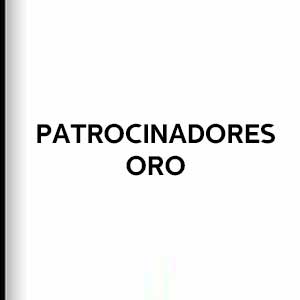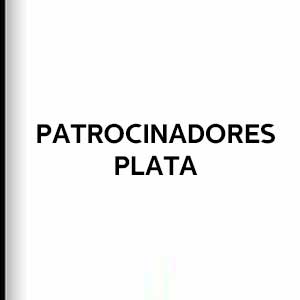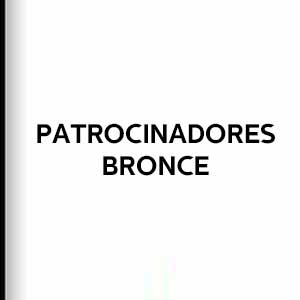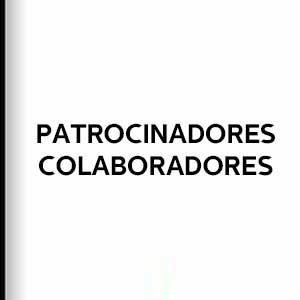A master of masters, Vittorio Storaro was born in 1940 in Rome. At the age of twenty he graduated as a cinematographer from the Centro Sperimentale di Cinematografia,and his long-awaited film debut came in 1968 with ‘Giovinezza giovinezza’, directed by Franco Rossi, where he already laid the foundations for his extraordinary and unique photographic and figurative gaze.
Directors like Luigi Bazzoni, Dario Argento, Giuseppe Patroni Griffi, Salvatore Samperi, Giuliano Montaldo, Luca Ronconi, Michael Apted, John Harrison, Alfonso Arau, Rachid Benhadj, but above all Bernardo Bertolucci, Francis Ford Coppola, Warren Beatty, Carlos Saura and, in recent times, Woody Allen, have led him to an increasingly solid cinematographic and stylistic maturity that over time has enabled him to conduct a more conscious investigation into the possibilities afforded by the expressive lighting of images.
Storaro’s artistic idiom focused from the beginning on the ambition to write by means of light. He discovered the symbolic values of the colours that light contains and dedicated himself to exploring ways of visually representing the fundamental elements of life. In recent years, his attention has turned to the creative intuition symbolised by the muses, the potential for creative anticipation possessed by visionaries, and ultimately the lives of the prophets.
He has received around 180 international awards, including his three Oscars for Best Cinematography for masterpieces such as ‘Apocalypse Now’ (Francis Ford Coppola, 1979), ‘Reds’ (Warren Beatty, 1981), ‘The Last Emperor’ (Bernardo Bertolucci, 1987), plus another nomination for ’Dick Tracy‘ (Warren Beatty, 1990). His work has also been recognized by the film academies of Italy (David di Donatello award for ‘The Last Emperor’), Britain (Bafta award for ‘The Sheltering Sky’, by Bernardo Bertolucci, 1990) and Spain (Goya award for ‘Goya in Bordeaux’), as well as the American Academy of Television Arts and Sciences (winner of two Emmy awards), or the European Film Academy (award for Best Cinematography in 2000).


























![Logo Foro Cultural de Austria Madrid[1]](https://www.seminci.com/wp-content/uploads/2024/09/Logo-Foro-Cultural-de-Austria-Madrid1-300x76.jpg)








